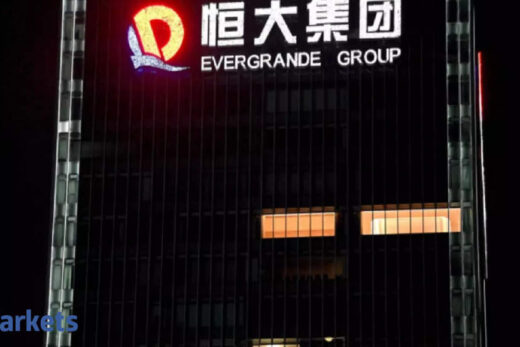With easy liquidity conditions, low borrowing costs and heavy influx of new retail investors, India’s primary market has been booming over the past 12 months. High subscription numbers and strong listing gains have become a common thing, as investors who fail to get IPO allotment tend to rush in to buy shares from the secondary market post listing.
While an IPO is often seen as a chance to buy a stock cheap before its intrinsic value gets a lift from the forces of the secondary market, more often than not, most retail investors participate in an IPO anticipating strong listing gains.
The entire strategy is based on a quick reallocation of cash to ensure that liquidity remains abundant and yet the cash generates returns. Market participants say such investors tend to borrow money in a low interest rate environment, such as the one prevailing currently, and earn an arbitrage between the cost of capital and listing gains.
Over the past year, several stocks have managed to nearly double investor money when they bought the shares through the IPO and sold them on the day of the listing.
An analysis by Edelweiss Mutual Fund’s IPO Opportunities Fund showed this strategy is not as sound as it may appear in its face. The fund analysed IPOs that hit the market during the six years between March 2015 and April 2021, and found that stocks that made more than 15 per cent returns on the listing day more often than not continued that momentum for a while.
“Investors who exit immediately after listing tend to miss out on the gains that come through after that,” the fund house said.
In the case of stocks that delivered more than 15 per cent returns on the listing day, investors who cash in on debut miss out on an average 44 per cent returns in the subsequent six months and 42 per cent in the one year from the listing day.
For stocks that made muted listing day gains of 0-15 per cent, investors missed out 13 per additional returns over the next year and 27 per cent over a five-year period.
Interestingly, it is the underappreciated IPOs that tend to be a long-term compounder. According to the Edelweiss MF analysis, stocks that gave no gains on the listing day ended up giving returns of more than 56 per cent over a five-year period. In comparison, the BSE100 index’s five-year rolling returns stood at 11 per cent.
“Companies go public when they have earnings momentum, but capturing this earnings momentum is what most investors miss out on by exiting on the listing day. A structured approach is a must to ‘time the entry’ and optimise post-listing returns,” the mutual fund said.



